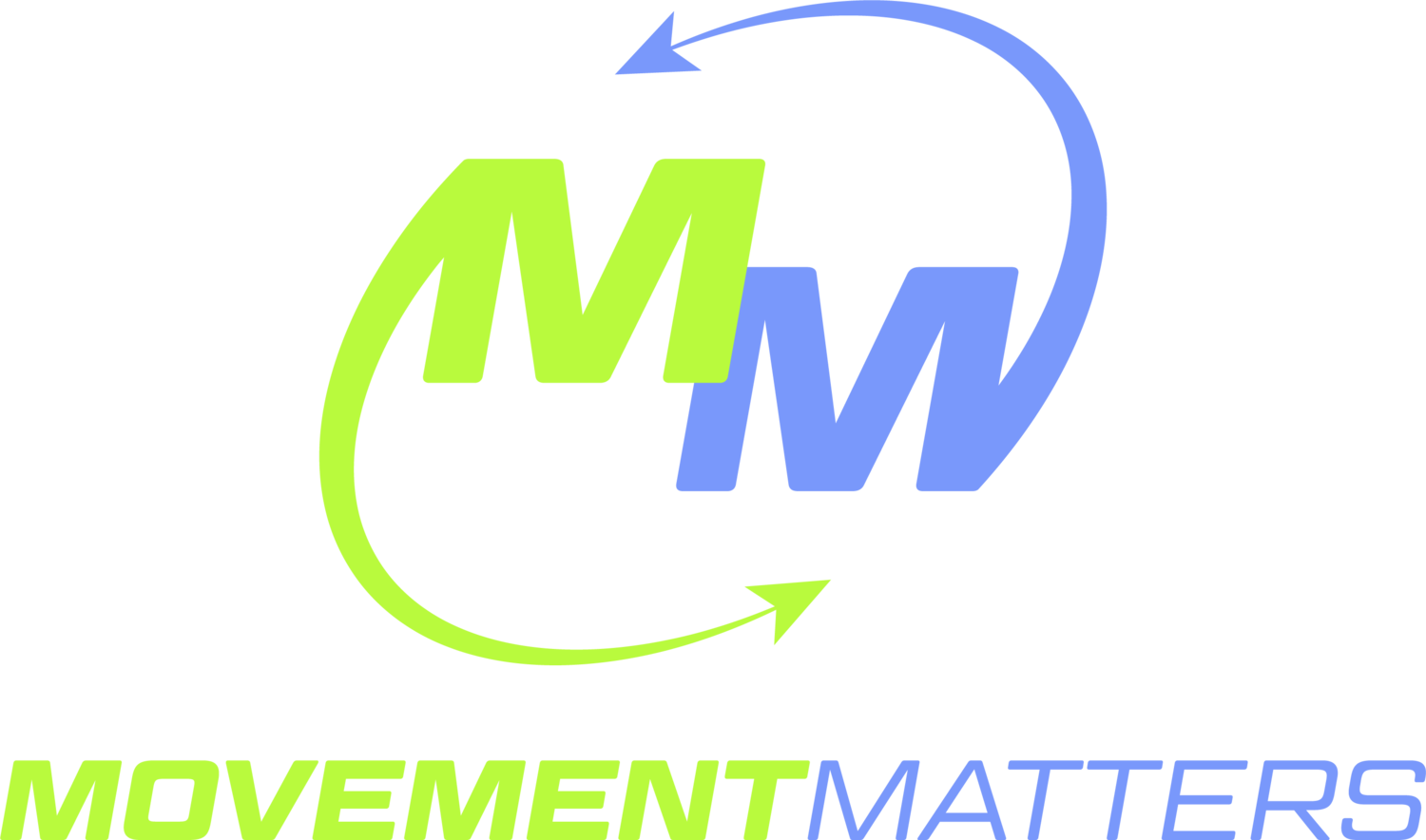“Thou art of the Jungle and not of the Jungle.” (Part 2 of 2)
“Thou art of the Jungle and not of the Jungle.” (Part 2 of 2) - R Kipling, The Jungle Book
“You're gonna get better or you're gonna get worse, but you're not gonna stay the same.” - JP
Last week’s blog focused on possible neurological and neuroendocrine ramifications of brachiation, locomotion that involves swinging using the upper limbs in reciprocal fashion. This week, I would like to look at brachiation through a more mechanical lens. I would like to consider it from the vantage point of structure and function in evolution and devolution of the human form.
Mechanical Considerations of Brachiation
Similarities in structure between modern day full-time brachiators (i.e. Gibbon monkeys) and present-day humans include long curved fingers, reduced thumbs, long forelimbs, freely rotating wrists, flexible shoulders, and good grasping capabilities (Jurmain et al). Gutierrez informs us that clavicles are struts in brachiators that position the upper limb away from the body to free up global positioning and use of the limb overhead, all while increasing the limb’s strength and dexterity. It is clear that our ancestors spent some time hanging out at height as it is written all over our bodies.
However, there seems to be a great deal of controversy and discussion in the zoology literature regarding why and when it was that our ancestors decided to stand upright, and ultimately why they decided to stay that way. Recent findings in the fossil record are more supportive of the notion that our more direct ancestors were not strictly arboreal folk brachiating from one limb to the next, but rather generalists who did some brachiating, did some climbing, and were quadruped in a swing through kind of way (knuckle-walking) before they were biped (a “semiterrestrial ecological generalist” for those keeping score) (Niemitz). There is discussion of brachiation as an exaptation, or a pre-adaptation, to becoming bipedal. An exaptation is a trait that can serve one function and come to serve another over time. This line of thought suggests that brachiating gave us the capacity to become bipedal by promoting upright posture and situating the thorax over the pelvis with stability and control.
For better or worse, human beings are found all over the planet. One of the features of humans that makes us so resilient is that we are not particularly well adapted to anything - we are generalists. Therefore, we are not confined to a small temperature zone, particular climate, or single food source. We are largely able to support ourselves with a source of water, edibles, and an appropriate oxygen percentage. What we lack in less supportive environments we are able to make up for with the craftiness of our relatively enlarged brains and opposable thumbs. Our great adaptability comes from our great capacity to be generalists - just like our ancestors who could get food from the trees, the side of cliffs, and eventually wade upright through marshes and shorelines, scrounge around the savannahs, and run across the plains.
The body always changes in response to stimulus, and physical activity is a boss stimulus. Evolution never stops. It is going on right now. And while we are sharpening our survival knives in some areas (i.e. Uber app, SmartWool, and FreshDirect), we are actually losing capacity in others. Physical devolution is being driven by increasingly sedentary lifestyles, screen time, and comfortable chairs. We are shrinking to the size of the bowls we find ourselves in most frequently, and this means we are becoming more specialized and less generalized as our posture, mobility, strength, and stability cease to be sufficient to climb, hang, swing, squat, and even get off the floor.
A deep squat is a presentation of end range hip, knee, and ankle mobility, lower extremity/torso strength, and the motor control to hold everything together. Brachiation is the presentation of end range shoulder, scapular, and thoracic spine mobility, upper quarter rotational capacity, upper extremity/torso strength, and the motor control to hold it all together through full body reciprocal motion. One is a full body compression, and the other is a full body distraction. Both represent the ability of the limbs to support the weight of the body. We need them both to remain solid generalists capable of escaping oncoming trains and high water. The exaptation capacities of brachiating – the upright posture, stable diaphragm and pelvis, elongated legs, full mobility of the upper quarters, and resilience of the myofascial continuum – are needed to keep our bodies healthy, agile, and resilient.
It is accepted that every push demands a pull, and every straight plane motion demands a rotation. Perhaps every compression also demands a distraction.

